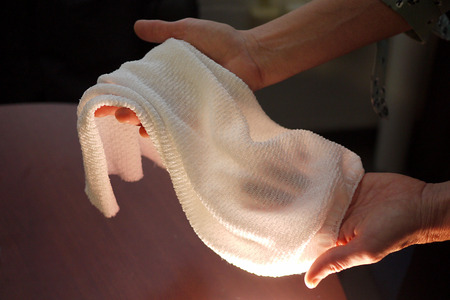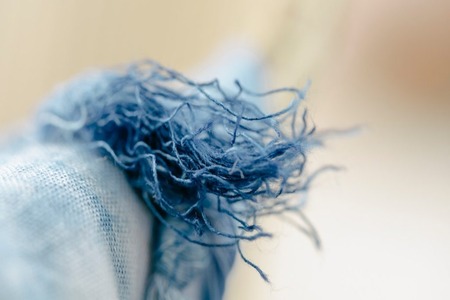Kapangan to revive silk industry to become silk capital of the country
YarnsandFibers News Bureau 2017-03-01 15:00:00 – KapanganKapangan situated on the northern part of Benguet province in the Cordillera Administrative Region of the Philippines. The town started engaging in silk in the 1970s, rekindled in 2005 which eventually became the town’s one town, one product and has the widest mulberry production area of 15.75 hectares is hoping to revive the silk industry in the municipality.
As the industry slowly dwindled because of the lack of raw silk which also slowed down the production of silk products despite the aim to be known as the silk capital of the country in 2007.
The town was earlier known as one of the country's largest cultivation areas for marijuana but due to government and non government
organization's efforts, Kapangan transformed its mountainside growing mulberry trees, the main food of silk-producing worms from China and Japan, after sericulture was introduced in nine of Kapangan's 15 villages in late 2004.
Kapangan Mayor Manny Fermin said that their farmers are starting to return to growing white mullberry trees, a plant eaten by silk-producing worms introduced in Kapangan's fifteen villages in 2004.
They are coping through the Semi-Culture Association of Kapangan. Mulberries are planted and used in feeding silkworms.
The municipality has coordinated with the Department of Science and Technology (DOST) and the Department of Tourism Cordillera for the silkworm operations. DOST Regional Director Venus Tan acknowledged the enthusiasm of Kapangan to focus in planting mullberries.
Silk produced from silkworm is among the major sources of fibers produced in the country including abaca (Manila hemp), pina, coir, buri, salago, maguey, and ramie.
The Cordillera region is seen as one of the top cocoon-producing areas in the Philippines together with Region 1 and Western Visayas.
Aside from the developing silk industry, Kapangan is also known to produce anthuriums, yacon and root crops.
Market Intelligence
Ask for free sample Report

experience
Customer Base
dedicated team
Countries Served Worldwide









